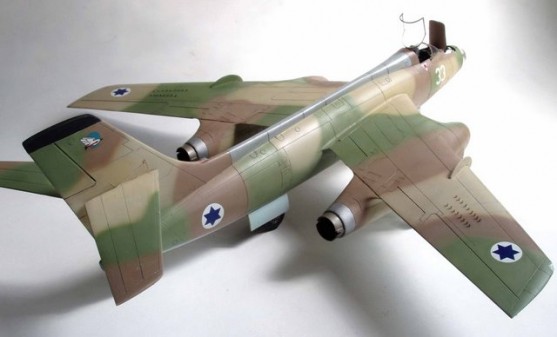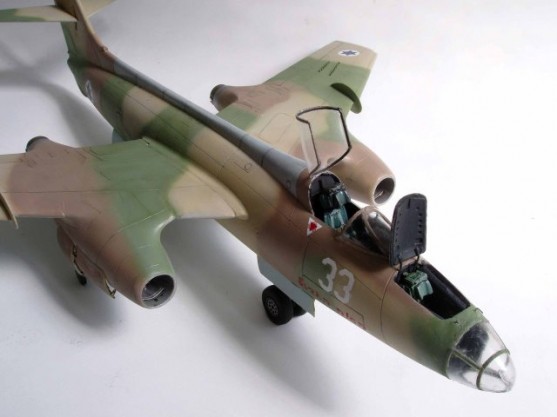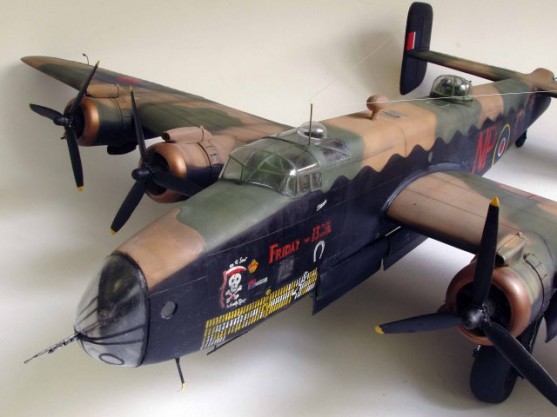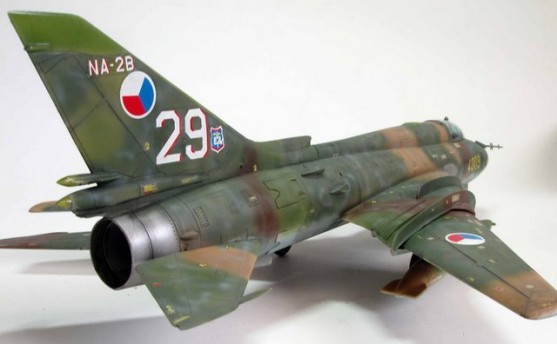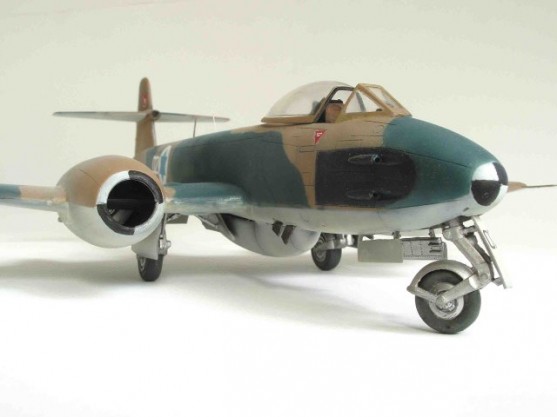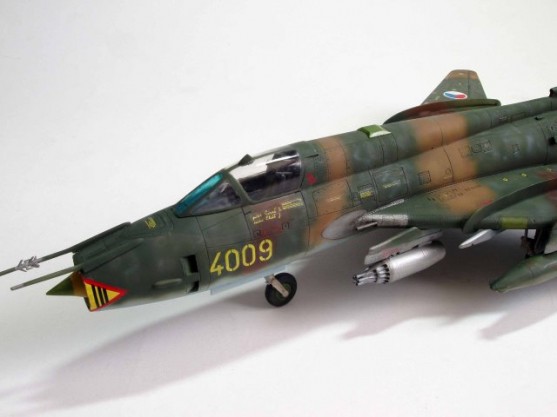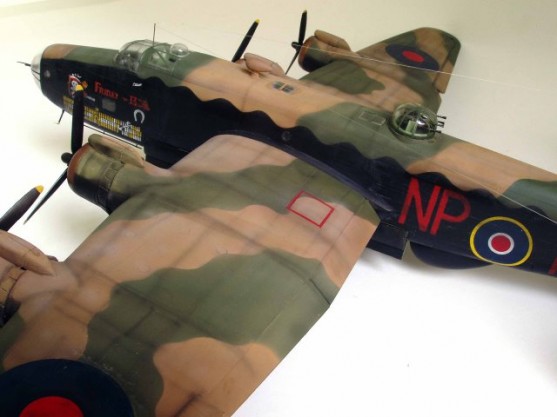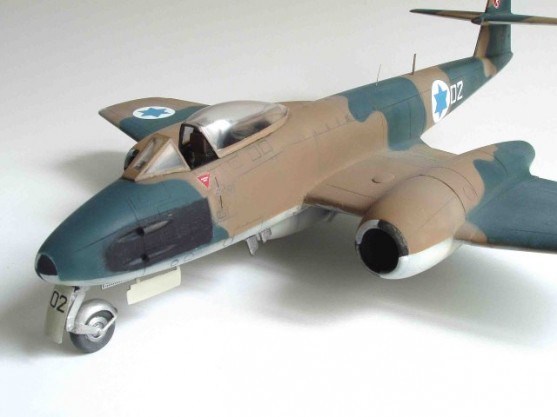by Rafi Ben-Shahar
Recently, I completed Fonderie Minuatures’ 1/48 Vautour IIb. For some time, I was fondling with the idea of purchasing the kit and giving it the treatment it deserves through the availability of well researched references describing the Israeli defence Force Vautours. However, the scarcity of these kits and the high retail price smothered my aspirations. IN the end the opportunity came from a friend who got despondent with a kit that he purchased that had defect transparent nose cones.
Like other short run kits, the Vautour has its pros and cons. The pros usually centre around exotic aviation topics not produced by large manufacturers that have hi-pressure plastic injection capacities. In addition, you get multimedia parts that include highly detailed resin sub-assemblies, such as cockpits and wheel wells as well as white metal parts for undercarriages and gun barrels.
Unfortunately, this is where the pros diminish and the cons become apparent. The kits cost twice as much if not more by comparison to a high-pressured injection-moulded plastic kit. Worse than that, surface plastic is rough, the parts are thick, seem lines are conspicuous, sub-assemblies appear to match other models than the one they pertain to and the vac-formed transparent parts are difficult to position and bland to their related plastic base. Hence, short run kits are usually a rather long and frustrating building experience.
I chose here a sample of my built short run kits featuring in addition to the Vautour, the Halifax, Meteor and the Suchoi Su-22M. All of the models are in 1/48 scale, but they come from different manufacturers. My building experience of all these models was not frustrating, but challenging. Yet, I had to spend many hours configuring the match of parts and the correct interpretation of the vague instructions. You do need very good data sources describing the intricates of cockpit and wheel well setups and struts arrangement in order not to get confused.
If you pass the matching test successfully, you still need to treat the model skin appropriately for it to look like an aircraft skin and not a battered AFV. Inevitably, smoothing the surface results with the elimination of the finely recessed panel line. So now, you have to rescribe the lines and make sure that the trailing edges are reasonably thin and visibly thinner than the leading edge. Additional detailing is difficult because you need to carve and sculpt the thick plastic.
This is where model economics come into play. Why bother? Ask yourself a better question: Why do I build models? The answer for myself is simple: I build lots of conventional plastic kits because it is where I feel that the hobby knife blade and the tip of the airbrush are the continuation of my hand. Not so with short run kits. These are a source of confrontation. Therefore, I may take the challenge every now and then for a convenient price, if any. Would you?
This article was originally published in IPMS Stockholms Magazine in June 2008
